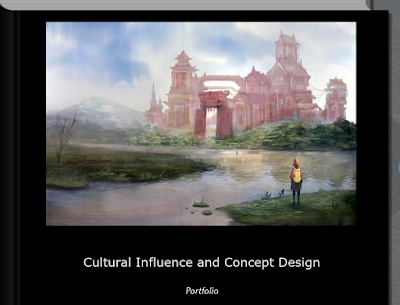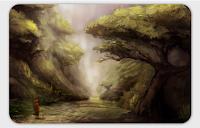As a whole, I feel as though my character development skills have definitely increased since the beginning of this project. This may be a combination of multiple factors, such as improving my own visual library whilst analyzing all this visual culture data.
The textiles and patterns used in these concepts were lifted from the previously created pattern studies in order to imbue the clothing designs with visual culture. These designs were sourced from Han Dynasty textbooks and museum articles.
I tried to diversify these concepts after choosing them from a list of possibles, the rest of which were left at an earlier development stage. Each character design sports a different body type, as I tried to cover the spectrum of slim to muscular. Out of the designs, I believe the first design displayed here is the most effective. It's hard to tell whether or not this is due to my own visual preferences, or other factors like shading/detailing etc, but I do genuinely believe this character displays the strongest visual culture without it being too direct. I feel that the other 2 designs were strong, however I believe that they look a little to similar to the original culture, as opposed to generating a "brand new" one from the influence of another.
One of the regrets I have as the submission draws near is the lack of full-colour character designs. This was just something i'd have liked to have included in the concept design document, but as I tried to focus on the true cultural designs behind the costumes, this became primary importance.
















